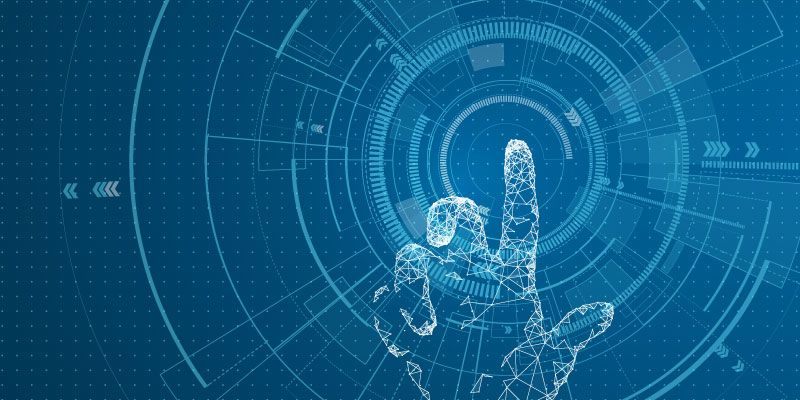
Text-to-image generators have enormous potential for enterprises. Aside from being useful tools for outsourcing monotonous design jobs, they may also assist marketing teams in conducting tests, studying their clients, and providing individualized solutions.
How can you completely utilize artificial intelligence (AI) picture generators if you are not a designer? The Depositphotos team just debuted their solution for producing commercially safe images from text prompts and is eager to discuss marketing departments’ best practices for using the product.
Understanding how text-to-image generators work is critical for evaluating their potential to achieve marketing objectives.
Modern tools of this type are based on advanced AI models that have been trained on massive amounts of data. Databases they’ve processed are often collections of photos, each with a thorough written description or caption. The size of the database determines the quality of the generated photographs. Machine learning models used for text-to-image generating tools are also trained for text encoding so that they can clearly “understand” the desired visual output.
Another part is image creation. It normally proceeds layer by layer—from a random noise stage to developing a composition and adding colors and details—so that a viewer can eventually enjoy a high-fidelity image of a specific style. The more specifics you use in your text instructions, the better the generations.
Legal difficulties involving the use of produced graphics are a current topic. To include a visual in your advertising campaign, branding, or social media message, you must first acquire the necessary rights. Because some generative tools use multiple free sources for machine learning without informing authors that their images were used for this purpose, images made with them should not be used in commercial applications.
Depositphotos’ AI Image Generator, on the other hand, creates unique files that are commercially licensed.
The primary advantage of image generators is their ability to expedite creative processes by swiftly delivering graphic solutions on demand. Creating graphics for social media campaigns or blogs isn’t the only option to save time and money in content marketing. Here are five unexpected ways to leverage text-to-image tools for marketing departments:
Early-stage marketing efforts necessitate realistic product graphics, which are difficult to provide if your final product is still in development. AI enables you to create a vision of your future product and experiment with its design. If you are generating physical things, discuss numerous product design possibilities with your focus group and select the most promising one.
For digital products, you can utilize generative AI to develop app or website page prototypes to present investors.
Tools like as Depositphotos’ AI Image Generator can let you personalize adverts or interfaces to meet the needs of a wide range of audiences. For example, you can quickly build many versions of the same banner or billboard for representatives from different demographics or consumers who have exhibited specific behavior on your site.
Another option to boost personalization is to give clients engaging experiences by incorporating generative tool APIs into your digital products. For example, you can allow people to build their own app designs.
Most marketing campaigns rely primarily on images. The selection of a key graphic is often a major decision, and creating one takes time. A text-to-image generating tool can help marketing executives and designers communicate more effectively while also saving production time by allowing them to exchange visual references. They can reach an agreement on styles, color palettes, and other details during the early stages of production.
Using a generative tool can also let you create multiple variations of a key visual to choose from.
Visual consistency is vital for company because it improves brand awareness and allows you to successfully deliver marketing messaging. However, brand guides for designers or media partners are not the most efficient or dependable means to ensure consistency in marketing communication.
Try using text-to-image generators to create pictures that match your branding and company ideals. Remember that merely employing an AI model on a regular basis can teach it your brand’s principles.
Onboarding new team members typically takes time, but graphic materials giving thorough information on how a given marketing department operates can help to shorten the process.
Text-to-image AI can help simplify the creation of learning materials, making them easier to ingest and retain. The similar method may be used for customer onboarding and content marketing, which rely on teaching people to build loyalty. Consider using sequential visual storytelling concepts to enhance your educational graphics even further.
Integrating cutting-edge AI-powered technology like text-to-image generation can boost the creativity and efficiency of your marketing campaigns.
To get started, identify the sections of your marketing routine that require an AI-powered generator. The next step is to establish standards for your staff to ensure they understand picture generation and how to provide successful prompts. The final phase is all about experimentation. Choose a campaign or brand marketing area that you want to improve, apply generative AI, then analyze the results.
May is Small Business Month, a time to honor and recognize the achievements of the… Read More
Swiss International University (SIU) is on track to be one of the world's most respected… Read More
In a session that left students buzzing with fresh ideas and practical insights, Invertis University… Read More
At the 21st Shanghai International Automobile Industry Exhibition, which is surging with the wave of… Read More
Liverpool, UK—House of Spells and Comic Con Liverpool are once again collaborating to bring the… Read More
Introduction In India's booming EdTech space, there's one name that's making waves among Telugu students… Read More